Tokyo's Koto ward to restrict development of family-type apartments to limit population growth
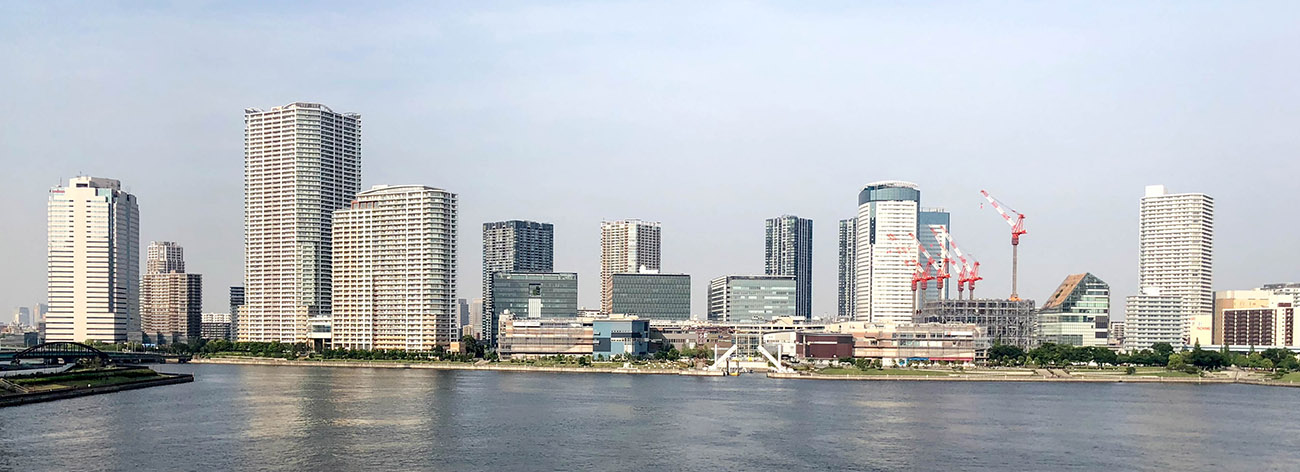
While some regional districts in Japan are suffering from an ageing and shrinking population, urban centers are struggling with the growing pains from an increase in the number of younger residents. In an attempt to limit the number of children in the ward, Koto in Tokyo is introducing restrictions on the development of family-type apartments. A surge in the population of young families, due in part to a boom in the construction of high-rise apartment towers in the Tokyo bayside area, is putting a strain on the ward’s nurseries and elementary schools.Read more
Tokyo Apartment Sales in April 2018
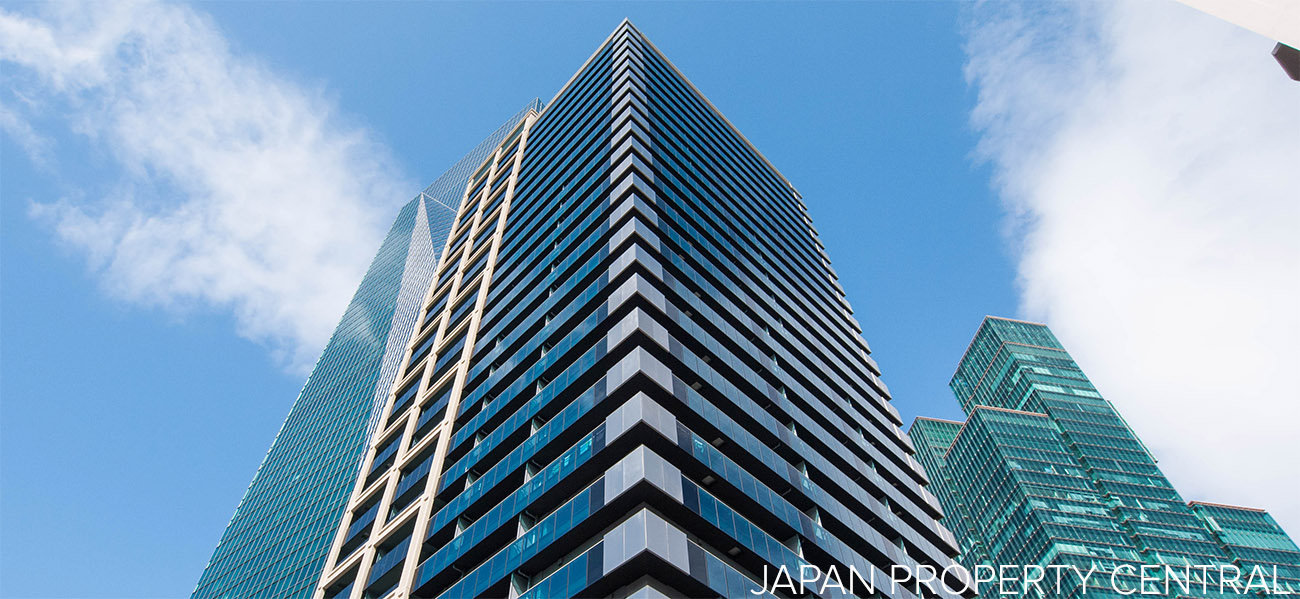
The following is a selection of apartments that were reported to have sold in central Tokyo during the month of April 2018:Read more
Japan’s high-rise apartment market from 2018 to 2022 onwards
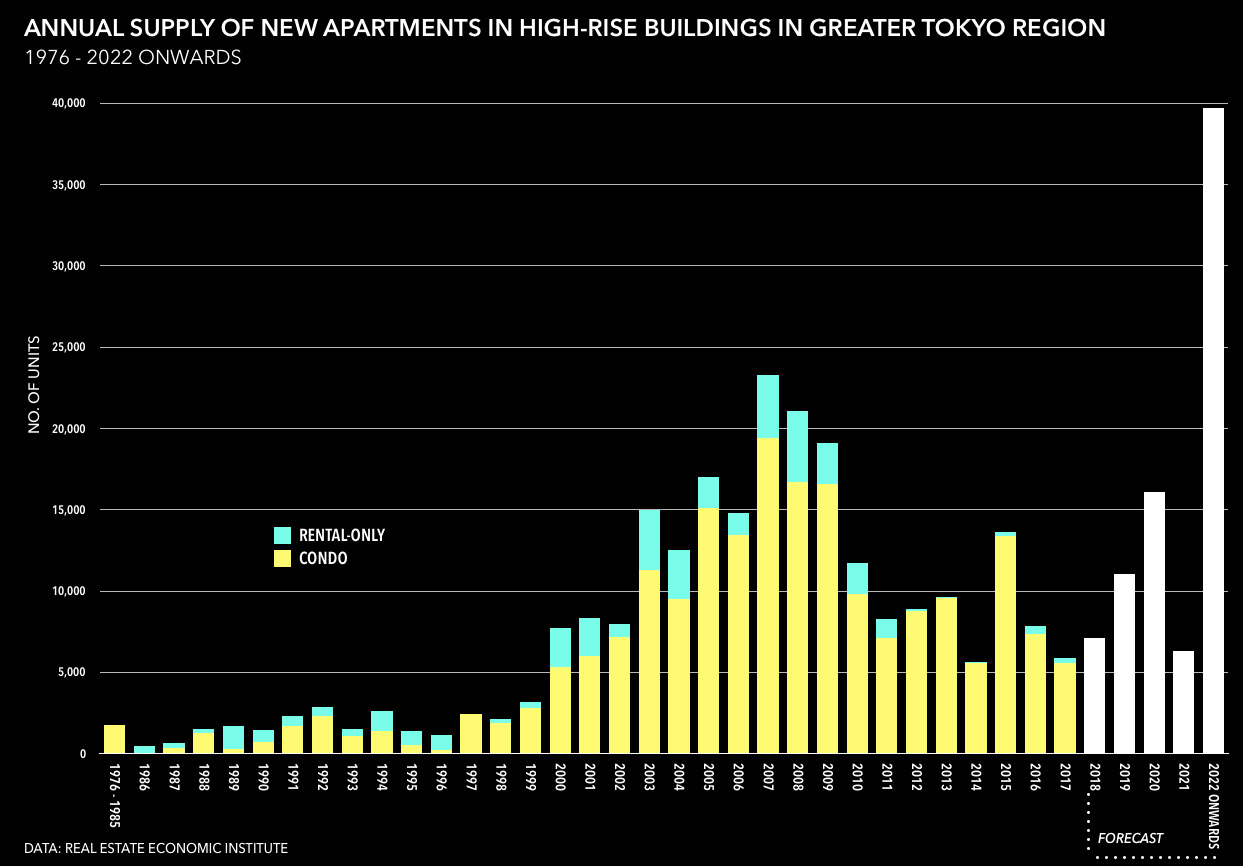
According to the Real Estate Economic Institute, there are currently 108,757 apartments in 294 high-rise buildings planned for completion across Japan from 2018 onwards. This is an increase of 9 buildings and 2,436 apartments from the previous survey point in March 2017.
73.8% of these apartments are centered in the greater Tokyo area, a 4.8 point decrease from 2017. Tokyo’s 23 wards accounted for a 51.1% share of the nationwide total, a 2.5 point decrease from last year. Chuo ward has the largest forecast supply with 12,514 apartments planned in the coming years, 22.5% of the total. This supply is limited to just 14 buildings, with an average of 894 apartments per building. Minato ward was in second place with 11,401 apartments planned in 33 buildings (an average of 345 apartments per building).Read more
Average rent in Tokyo up 5% from last year

According to Tokyo Kantei, the average monthly rent of a condominium in Tokyo’s 23 wards was 3,508 Yen/sqm in March 2018, down 0.5% from the previous month but up 5.0% from last year. This is the 4th month in a row to record a year-on-year increase. The average apartment size was 55.49 sqm (597 sq.ft) and the average building age was 17.6 years.Read more
Wacoal's Kyoto Machiya guesthouse to open tomorrow

Wacoal Holdings, a lingerie company, will open their first traditional machiya guesthouse in Kyoto on April 28. The 92-year old townhouse is located 800 meters west of Nanzen-ji Temple and 500 meters south of Heian Shrine. The two-storey wooden house has a total floor area of 91 sqm (980 sq.ft) and can sleep up to six guests. Nightly rates range from 60,000 ~ 180,000 Yen plus tax, depending on the season and number of guests.Read more
Apartment asking prices across greater Tokyo increase for first time in 4 months
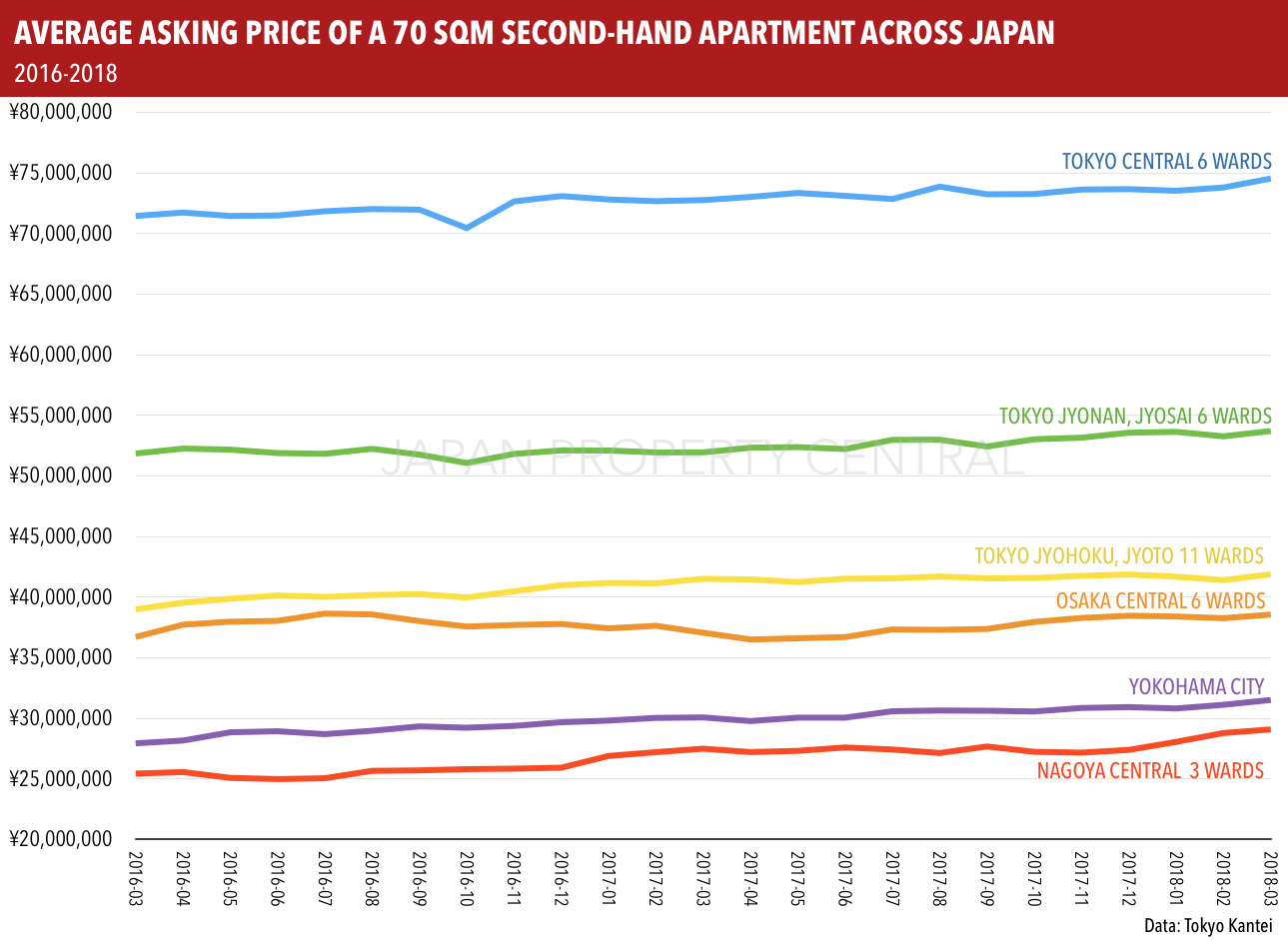
According to Tokyo Kantei, the average asking price of a 70 sqm (753 sq.ft) apartment across greater Tokyo was 36,190,000 Yen in March, up 0.6% from the previous month and up 1.1% from last year. This was the first increase in four months. The average building age was 23.2 years.Read more
Kasumigaseki Building turns 50 this month
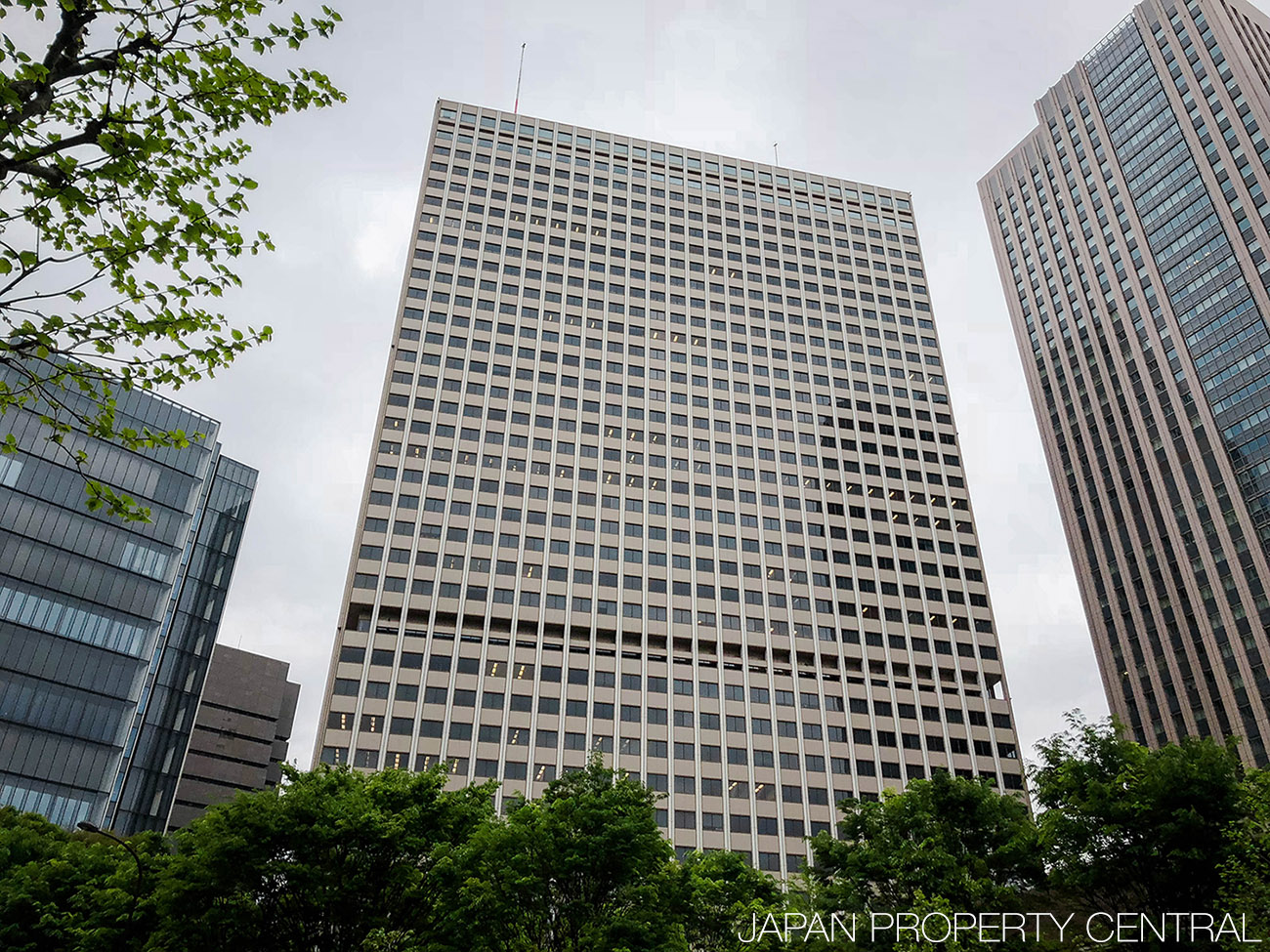
Kasumigaseki Building, Japan’s first skyscraper, turned 50 on April 12. To celebrate the half-century anniversary, the exterior of the building has been lit up with an art display that runs in the evenings until the end of May. A beer garden has also been set up outside the entrance for the duration of the event.
Built in 1968 and with a height of 147 meters, this was the first building in the country to be over 100 meters tall. Nowadays it is flanked by a taller neighbor - the twin tower Central Government Building No. 7 - which was completed in 2007 and is 156m and 176m tall.Read more
